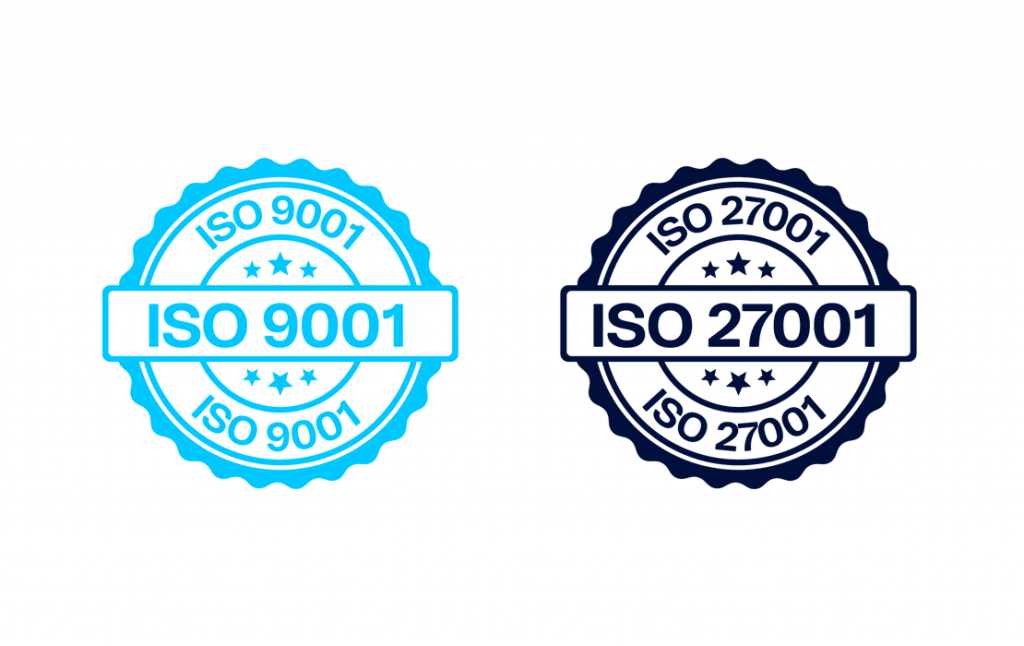The IoT is transforming how power is generated and transformed across the globe, and users are reaping the benefits of smart meter deployments. Smart meters are just one example of how utilities are using connected devices and real-time data to optimize operations, reduce costs and improve safety.
But the possibilities extend far beyond smart metering. Discover how IoT is transforming various industries by exploring our collection of IoT use cases across transport & logistics, manufacturing, smart cities and utilities. See how businesses are utilizing connected technology to achieve real world results.
1 billion
More than 1 billion smart meters had been installed by the end of 2023
78%
78% of European electricity customers will have a smart meter by 2028
$60 billion
Smart metering to generate $60 billion in revenue by 2027
Smart metering IoT has enabled utility providers to minimize wasted power generation, to manage two-way traffic created by customers’ own generation of renewable energy and to automate meter data collection, thereby saving the costs of manual readings. The installed base of these devices is expected to exceed 1.75 billion by 2030.
Smart metering technology presents a variety of challenges for different types of use cases. Water meters, for example, need to have a long lifespan of meters – some are deployed for two decades. Therefore power consumption for smart water metering solutions is[NG(CA1] an issue that needs to be addressed by ensuring battery life is maximized and power consumption is minimized.
Gas meters are less challenged by power concerns because they are typically replaced every ten years while electricity meters are powered from the supply they meter. A common challenge for water, gas and electricity meters is that they can be hard to reach places such as basements so both installation costs and the meter’s ability to connect to networks need to be considered carefully.
Several connectivity technologies exist to support smart meters. Wireless connectivity options have grown considerably in popularity in the past years and will account for between 55–65% of annual shipment volumes in the period 2022-2028. These include cellular technologies, such as 4G LTE. With 2G and 3G networks retiring, LTE provides an effective option for smart meters, especially with lower power variants such as LTE Cat M. Alternatives, such as narrowband-IoT are emerging, although capacity is still being built out in many countries. There is little need for 5G in smart metering because applications don’t need the capacity it offers and the cost of 5G is therefore challenging to justify.
Other low-power wide-area options are available outside of the cellular stack. A disadvantage of these is that coverage is non-ubiquitous so meters may need to support multiple technologies, adding upfront cost.
Telenor Managed IoT Connectivity services provide you access to the best quality cellular connection based on availability and the needs of your use case. Telenor IoT’s Connectivity Management Platform simplifies large-scale IoT deployments worldwide by providing an unmatched IoT Portal, enabling effortless implementation, management, and scalability from a single, unified platform.
You can explore more IoT case studies in the utilities industry or download Telenor´s Customer Cases booklet.
Smart metering provides a way for utilities to access more granular, real-time information into user consumption and save on the cost of traditional meter reading. This information is essential for handling user-generated energy from renewables and to manage power grids effectively as user habits, such as EV charging, change. Connectivity is the key to accessing this data and enabling utility providers and customers alike to react to it. As more data is gathered, predictive analytics will be applied so supply can be assured and generation optimized.
Ready to simplify your IoT deployment? Talk to our connectivity experts!


